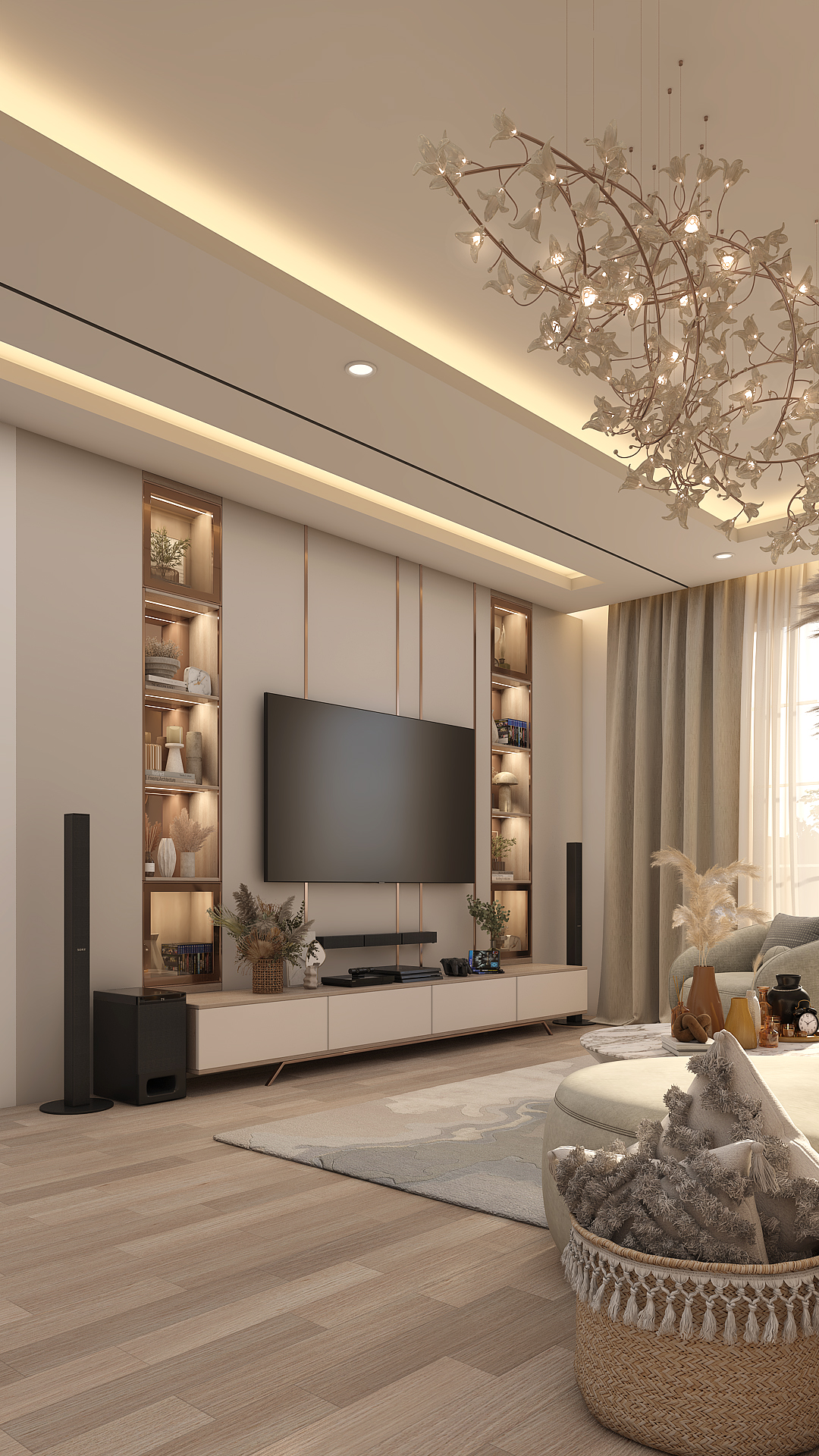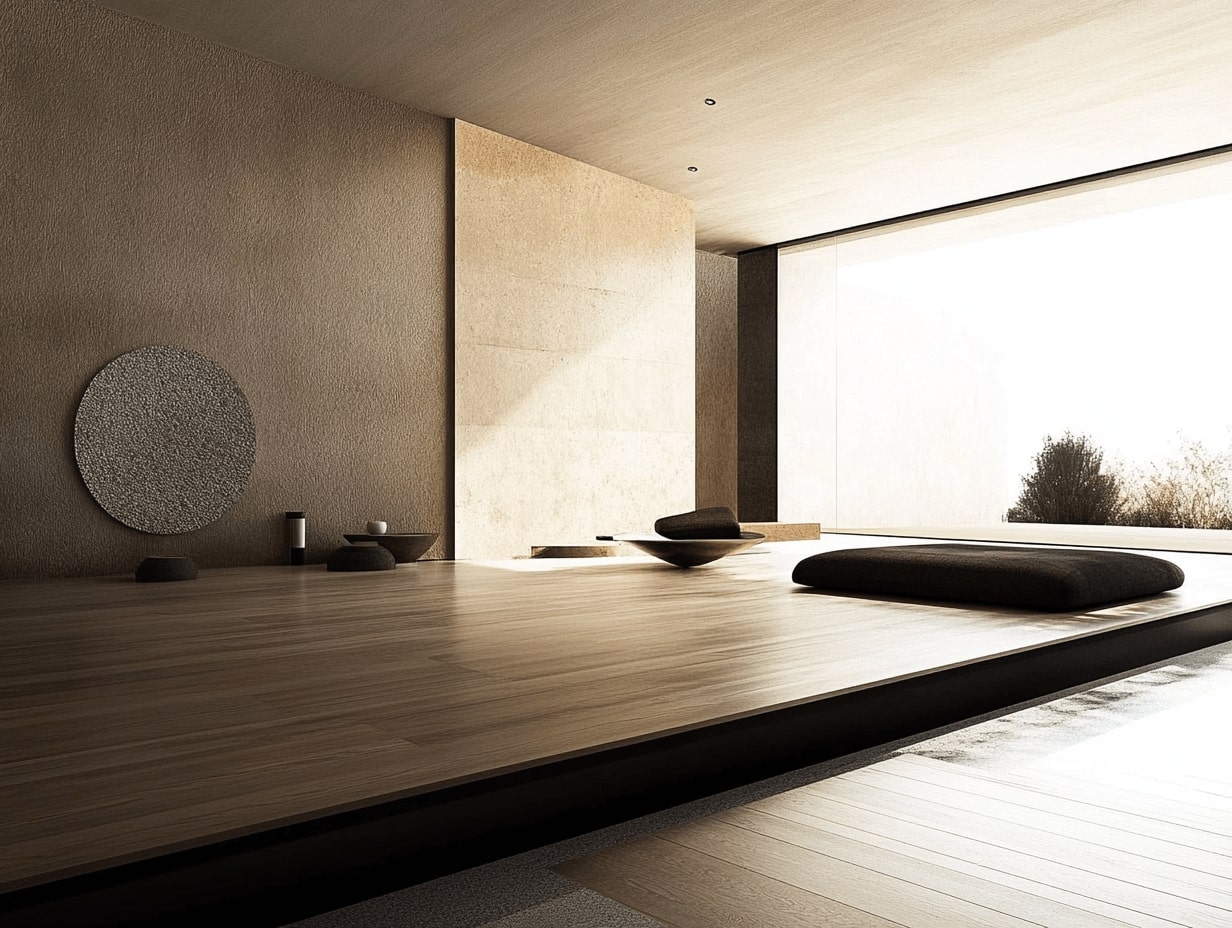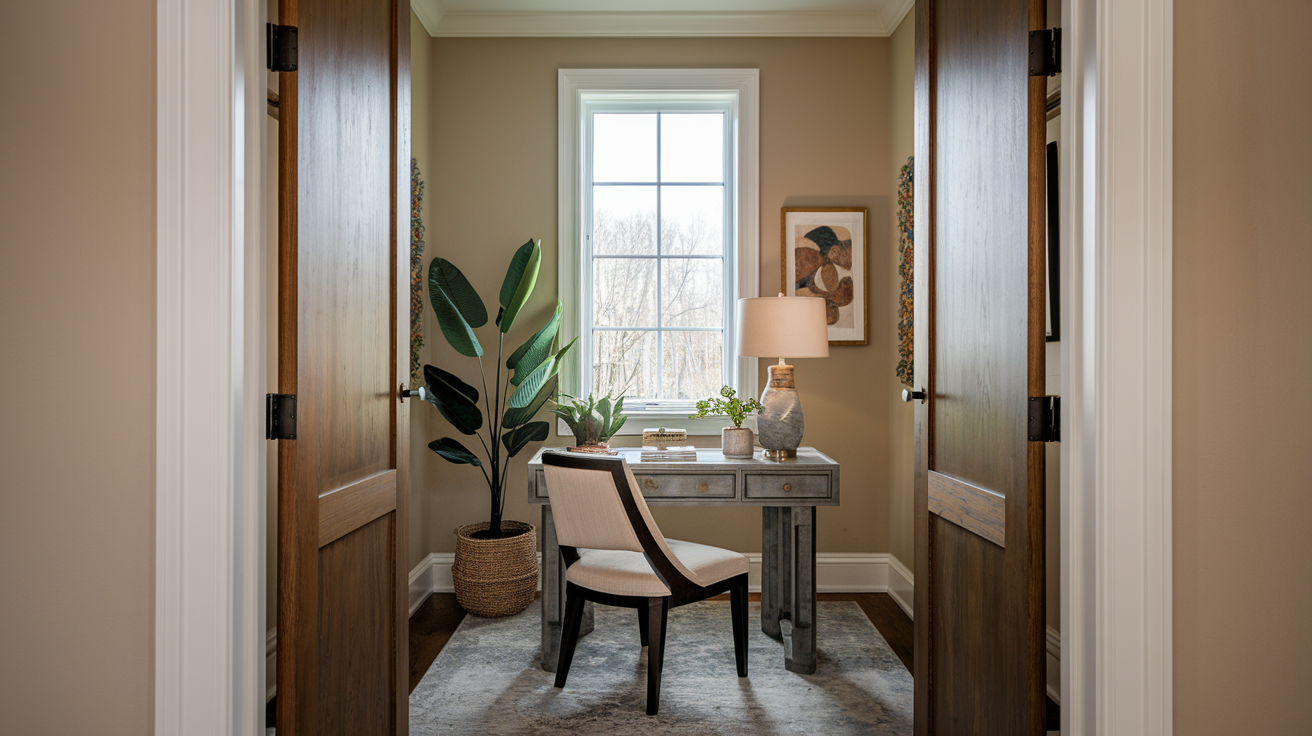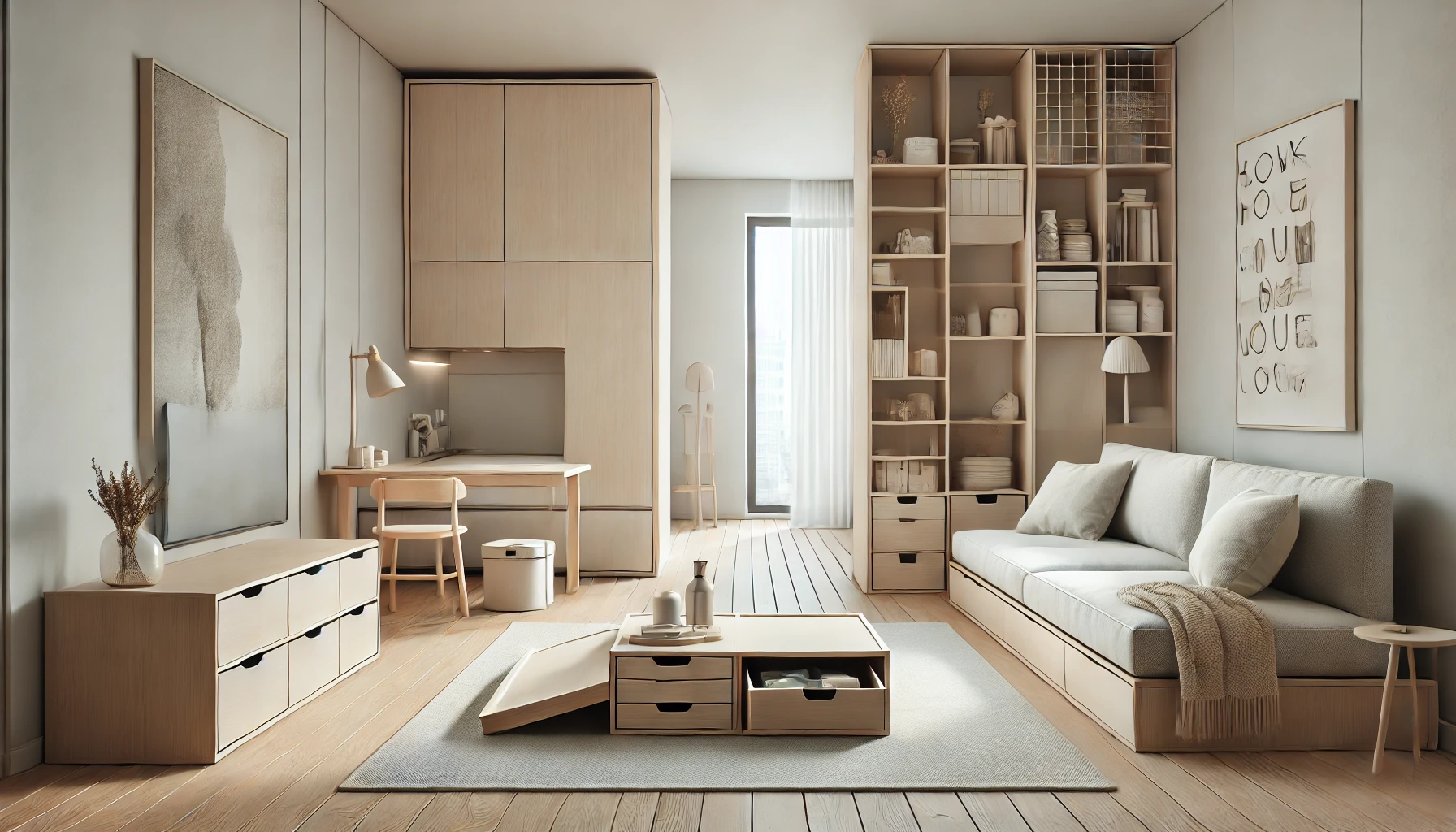Personal organization through minimalist design: how simplicity can transform your home

Understanding the Principles of Minimalism
In a world inundated with distractions and consumer temptations, many are turning to a more focused way of life: embracing minimalist design. This approach champions the idea that less is more, urging individuals to re-evaluate their possessions and living environment. Imagine stepping into a home where every corner breathes tranquility—where clutter doesn’t overwhelm you and every item feels intentional.
Benefits of Minimalist Living
Adopting a minimalist lifestyle can significantly influence your daily routine and emotional well-being. Here are some profound impacts:
- Enhance productivity: A clean and uncluttered environment allows for improved concentration. When your workspace is stripped of distractions, it becomes easier to focus on your tasks, whether you are working from home or tackling a personal project.
- Reduce stress: Studies have shown that clutter can increase feelings of anxiety and stress. A minimalist space fosters peace, allowing you to unwind after a demanding day. Imagine coming home to a soft, open space that invites relaxation.
- Save time: With a minimalistic layout, locating essential items becomes a breeze. Whether you need your keys, a book, or your favorite kitchen gadget, knowing exactly where things are saves you precious minutes, transforming your mornings from chaotic to calm.
Implementing Minimalism in Your Home
Transforming your home begins with understanding minimalism’s core values and how they can manifest in various aspects of your living space. Here are some practical applications:
- Furniture choices: Select multifunctional pieces that blend style and utility. For example, a sleek sofa bed serves both as seating and a guest bed, maximizing space without sacrificing comfort.
- Color palettes: Light, neutral colors like whites, grays, and beiges promote a sense of openness. These hues can help make rooms feel larger and more inviting, while also complementing minimalist aesthetics.
- Storage solutions: Innovative storage options—like under-bed organizers or built-in cabinetry—help hide items while keeping them accessible. This smart organization prevents clutter from accumulating, maintaining that serene atmosphere.
Beyond mere design, embracing minimalism invites a profound lifestyle shift. It challenges individuals to reflect on their consumption habits, encouraging a deeper understanding of what is truly essential. For many, this journey leads to self-discovery and a newfound appreciation for simplicity.
As you consider integrating these principles into your life, remember that every small step counts. Whether it’s decluttering a single drawer or rethinking your furniture arrangements, the path to a more organized and tranquil home begins today. Are you ready to explore how these transformative ideas can shape a beautiful, clutter-free living environment?

DISCOVER MORE: Click here for practical decluttering tips
Creating Spaces that Inspire
Minimalist design isn’t just about decluttering; it’s about molding your living space into an environment that not only looks aesthetically pleasing but also functions seamlessly in your daily life. The art of personal organization through minimalist design goes hand-in-hand with establishing a mindfully curated home that serves your needs. This balance between beauty and utility can be achieved by employing several thoughtful strategies that prioritize simplicity while enhancing your overall home experience.
Rethinking Your Space
Begin your journey by analyzing how you utilize each room in your home. This common practice can lead to significant transformation. What is the purpose of each area? Are you maximizing its potential? Here are key considerations when rethinking your space:
- Function over excess: Identify essential items that align with your lifestyle. For example, if you frequently host family dinners, invest in a dining table that reflects this while allowing for comfortable movement in the room.
- Open layouts: Embracing open floor plans can create a sense of spaciousness. By reducing walls or using room dividers that can be reconfigured, you invite natural light and an airy feel into your home.
- Define zones: Without clutter, zones can be established without the need for excessive furniture. For instance, a simple rug can delineate a cozy reading nook from an entertainment area, guiding the flow of daily activities.
As you contemplate these spatial adjustments, remember that every item should add value to your life. This philosophy encourages a conscious choice in acquiring home decor and furniture that reflect both your personality and your core values. In turn, this careful selection prevents you from accumulating possessions that only serve to crowd your space.
Incorporating Nature and Light
Another hallmark of minimalist design focuses on the integration of natural elements. Biophilic design emphasizes a connection to nature, which has been shown to reduce stress levels and enhance creativity. Here is how you can achieve this:
- Natural light: Utilize large windows or glass doors to flood your space with daylight. Not only does this create an expansive feel, but it also positively impacts your mood and energy levels.
- Indoor plants: Incorporate various indoor plants that require minimal upkeep. From succulents to snake plants, these green accents purify the air and bring a calming, organic touch to your space.
- Natural materials: Select furniture and decor crafted from natural materials, such as wood or stone. These textures contribute to warmth, making your home feel inviting while reinforcing an eco-conscious mindset.
The approach of integrating minimalist design principles into your home doesn’t just yield a beautiful interior; it transforms the way you interact with your environment. As you create spaces that inspire functionality and peace, you will notice a shift—not only in how your home looks but also in how it feels. Are you ready to embark on this journey towards a more harmonious living space?
When embracing personal organization through minimalist design, it’s crucial to understand how simplicity can not only declutter your living space but also enhance your mental clarity. Minimalist design focuses on the essentials, enabling you to prioritize what matters most, thus transforming your home into a sanctuary of peace and productivity. The aesthetic appeal of a minimalist environment encourages a mindset of serenity and focus, offering a retreat from the distractions of modern life.
One of the key principles of minimalist design is intentionality. By selecting quality over quantity, you can curate a collection of items that genuinely serve a purpose in your life. This approach leads to less time spent managing possessions and more quality time devoted to experiences and relationships. For instance, utilizing multi-functional furniture can maximize space and reduce clutter, making it easier to maintain a clean and organized home. Furthermore, thoughtful organization of items, such as using aesthetic storage solutions, can be both functional and visually appealing, thus promoting a cohesive and harmonious environment.
Landscaping your organization around minimalist principles can significantly enhance not just your physical space, but also your psychological well-being. With fewer distractions surrounding you, it becomes easier to focus on tasks and responsibilities. Implementing a minimalist design can also foster a nurturing atmosphere, encouraging relaxation and motivating creativity. Home spaces tailored to your personal needs, devoid of unnecessary items, can lead to a profound transformation—culminating in a home that not only reflects who you are but also supports your ideal lifestyle.
| Category 1 | Category 2 |
|---|---|
| Emotional Wellness | A minimalist space promotes calmness and reduces anxiety, contributing to overall mental health. |
| Functional Beauty | Combining aesthetic appeal with functionality maximizes usability while maintaining a stylish environment. |
Ultimately, as you adopt these principles of personal organization through minimalist design, the transformation of your home will resonate not only through the aesthetic upgrades but also in your lifestyle and emotional health. Discover the profound benefits of simplicity, and allow your home to communicate tranquility and purpose.
DISCOVER MORE: Click here to enhance your productivity
Mindful Curation of Essentials
As the minimalist movement gains momentum, individuals are learning that the organization isn’t merely about eliminating possessions; it’s about a structural re-evaluation of what constitutes ‘essential.’ This process, referred to as mindful curation, focuses on identifying items that not only serve a purpose but also resonate with your personal identity. By embracing this philosophy, each piece gains significance in your living space.
Assessing Sentimental Value
One of the challenges people face when decluttering is parting with items that hold sentimental value. While it’s understandable to cherish certain belongings, discerning between nostalgia and necessity is crucial for minimalist living. Consider the following approaches:
- Limit memorabilia: Choose a specific container or designated area where sentimental items are stored. This encourages emotional connection while preventing overwhelming clutter.
- Document memories: For items you’re hesitant to keep, take photos of them to preserve the memory without retaining physical items, thereby allowing you to lighten your load without sacrificing nostalgia.
- Seasonal displays: Rotate display items based on seasons or occasions, allowing you to enjoy important pieces without the need to showcase everything at once.
This process can be invigorating and freeing, encouraging a sense of renewal within your home as you create a living environment that celebrates meaningful connections rather than excess.
Streamlined Storage Solutions
Effective organization hinges on thoughtful storage solutions. In a minimalist home, every item needs a designated space, and creative storage can enhance both usability and style. Here are some innovative ideas:
- Multi-functional furniture: Look for furniture pieces that serve dual purposes, such as a coffee table that doubles as storage for books or blankets. These types of furnishings maximize utility while minimizing clutter.
- Vertical storage: Utilize vertical space by installing shelves that draw the eye upward, creating an illusion of height and openness. This method not only organizes items but also transforms wall space into a canvas for decorative elements.
- Hidden compartments: Invest in items designed with hidden storage solutions, such as ottomans with concealed spaces for remotes, magazines, or board games, further minimizing visible clutter.
The beauty of streamlined storage is that it aligns with the minimalist aesthetic while serving a functional purpose. Each item placed within an organized storage unit contributes to an overall sense of peace and tranquility within your home.
Simplicity in Color and Texture
A critical aspect of a minimalist home is the color palette and material choices that create a serene ambiance. Opting for a cohesive palette can unify the various elements in your living space, making it visually harmonious. Consider the following:
- Neutral tones: Embrace soft, neutral colors to foster a calm atmosphere. Whites, beiges, and soft pastels not only enlarge the perception of space but also reduce distractions.
- Texture over pattern: Rather than opting for busy patterns, choose a mix of variable textures—from smooth ceramics to woven textiles—that add visual interest without overwhelming the senses.
- A cohesive theme: When selecting decor, maintain a consistent theme that reflects your lifestyle, whether it be Scandinavian minimalism or Japanese zen aesthetics, fostering a holistic home experience.
This conscious approach to color and texture shapes your surroundings, inviting tranquility and clarity into your daily interactions with your home. As you weave simplicity throughout your living space, you create a canvas that invites creativity and personal expression, ultimately enriching your day-to-day experience.
DISCOVER MORE: Click here to dive deeper
Conclusion
In the pursuit of harmony and clarity within our living spaces, personal organization through minimalist design stands out as a transformative practice. By embracing simplicity, individuals not only declutter their homes, but also create environments that reflect who they truly are. The essence of this movement lies in the mindful curation of possessions, where every item tells a story and serves a purpose, making our living spaces both functional and meaningful.
As we navigate the complexities of modern life, the path towards a minimalist home offers a refreshing escape from the chaos of excess. Strategies such as assessing sentimental value, incorporating streamlined storage solutions, and choosing a harmonious color palette ultimately foster a sense of peace and tranquility. This intentional organization cultivates not just physical space, but emotional space as well, allowing us to connect more deeply with both our homes and ourselves.
Moreover, by implementing these principles, we illuminate a clearer pathway to creativity and well-being. Living within a thoughtfully organized home encourages mindfulness and inspires a lifestyle rooted in purpose and intention. As the minimalist design philosophy continues to evolve, it is an invitation for each of us to contemplate what truly matters in our lives. By focusing on simplicity, we can embark on a journey of transformation that resonates throughout our homes, ultimately impacting our overall quality of life. Are you ready to simplify and redefine your personal space?


